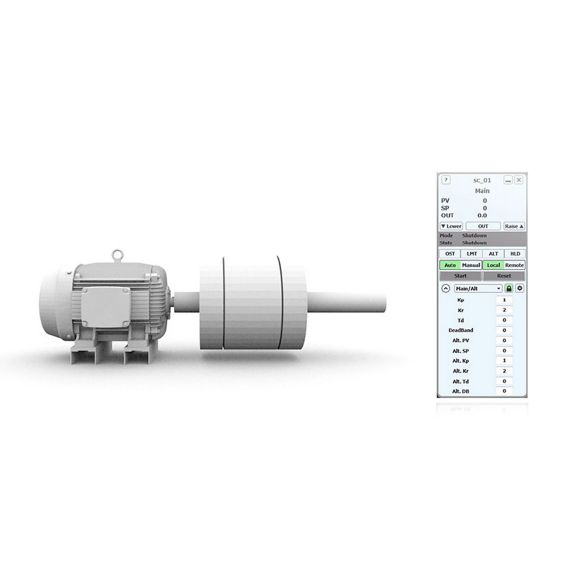Driver Control
Variable Speed Coupler Control
The CCC variable speed coupler control app modulates torque converter inlet guide vanes (IGVs) to maintain compressor speed. It also adjusts the start-up coupling scoop tube during startups and shutdowns to reduce motor start-up torque.
Please sign in to access more documents
Once signed in, you may be able to access additional documents for your account.

- Compressor speed may be measured by up to three frequency inputs or three analog inputs
- Two independent Speed Control loops, one for the Torque Converter using the IGVs as its modulating element and one for the Start-up Coupling using the scoop tube as its modulating element
- Bumpless toggling between Remote and Local set points for the Torque Converter Speed Loop
- Overspeed trip function
- Overspeed Avoidance algorithm
- Manual control of both Torque Converter’s IGV and Start-up Coupling’s scoop tube
- Automatic start-up and shut-down sequencing
- Critical Speed Avoidance
- Increases Uptime: Fast and accurate PID controls combined with loop decoupling and overspeed protection help avoid costly downtime even for a sudden load loss.
- Prevents Damage: By automating the sequences, including critical speed avoidance, it can achieve more safe, reliable, and repeatable start-ups and shutdowns.
Please sign in to view part numbers available for purchase based on your account Sign In

